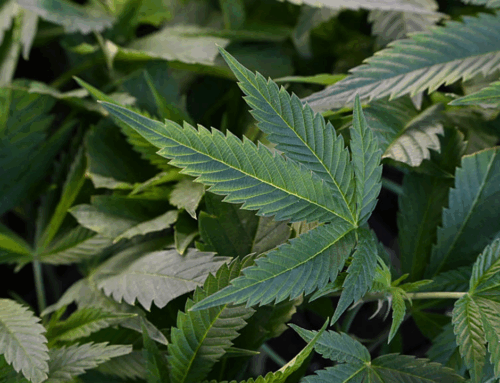Climate Extremes Undermine Chesapeake Bay Progress
June 13, 2025
Marybeth Collins
Key Takeaways:
- Chesapeake Bay Health: Scored 50% (C), down from 55% in 2024.
- Watershed Score: 57% (C+), with strong ecological health but challenges in equity and heat resilience.
- Top Threats: Extreme weather, urban heat vulnerability, agricultural runoff, and income inequality.
- Long-Term Outlook: Improving, but not fast enough to meet 2025 restoration targets.
- Solutions: Increased investment, stronger interstate collaboration, and community-driven planning.
The 2025 Chesapeake Bay and Watershed Report Card, released this week by the University of Maryland Center for Environmental Science (UMCES), offers a tempered reminder that progress is not always linear. While decades of effort have lifted the Bay’s long-term trajectory, this year’s score reflects a sobering downturn: the Bay’s health dropped five percentage points from 2024, scoring a 50%, or a grade of C. The broader watershed, encompassing ecological, societal, and economic health metrics, scored a slightly better C+ at 57%.
The decline is attributed, in part, to the increasing volatility of climate patterns. In 2024, much of the Chesapeake region experienced a combination of short-term droughts and intense rainfall events—conditions that, while episodic, wreak havoc on nutrient and sediment levels, directly impacting the Bay’s aquatic health. These events underscore the growing challenge of managing an ecosystem in the throes of climate change.
“We think extreme weather may have had some impact on the scores this year,” said Dr. Heath Kelsey, Director of UMCES Integration and Application Network.
Despite the annual setback, the report card highlights encouraging trends over the long term. Key indicators—dissolved oxygen, aquatic grasses, phosphorus, and nitrogen levels—have all improved since the 1980s, thanks largely to upgraded wastewater treatment facilities, state-led oyster and seagrass restoration, and grassroots community watershed planning.
Six of the Bay’s regions are now showing upward trends, including the James and Elizabeth Rivers and areas around the Upper Bay. But gains remain uneven. The economic and societal metrics—new additions in recent years—paint a more complex picture. While job growth has been positive, income inequality continues to widen. More concerning is the growing heat vulnerability of urban communities, where low tree cover and increased pavement amplify public health risks during summer months.
2025: A Milestone Year with Mixed Results
This year marks a pivotal deadline in the Chesapeake Bay Watershed Agreement, a regional pact aimed at achieving restoration benchmarks by 2025. Yet with lagging pollution reductions from the agricultural sector and the looming threat of climate-induced setbacks, some stakeholders warn the region is unlikely to meet those goals without a significant recalibration of strategy.
According to a 2024 Environmental Integrity Project report, several states—including Pennsylvania—remain far behind in meeting their nitrogen reduction targets, largely due to under-regulated agricultural runoff. That challenge is compounded by weakened federal enforcement and stalled legislation at the state level.
Calls for Collaboration and Investment
Recognizing the need for broader engagement, UMCES convened a workshop in April with the Chesapeake Bay Foundation, aiming to bring together restoration practitioners, local governments, and community knowledge holders. This collaboration is expected to shape future versions of the report card to better reflect real-world challenges and solutions.
“This year’s report underscores the importance of continued investment and highlights the progress we’ve made over the last decade,” said Dr. Fernando Miralles-Wilhelm, President of UMCES.
UMCES also released a special centennial edition of a 1925 Chesapeake Bay Report Card, comparing today’s scientific insights with historical observations to demonstrate how far regional science and stewardship have come—and how much further it still needs to go.
What’s Next for the Bay?
As funding cycles reset and the EPA faces pressure to hold lagging states accountable, environmental leaders stress the need to maintain momentum. Continued support for the Chesapeake Bay Program, as well as localized solutions—urban tree planting, regenerative farming, and infrastructure upgrades—will be vital.
“We’re at a critical junction,” said Beth McGee, Director of Science and Agricultural Policy at the Chesapeake Bay Foundation. “The next phase must integrate climate resilience and environmental justice into every aspect of restoration.”
Search
RECENT PRESS RELEASES
Related Post




